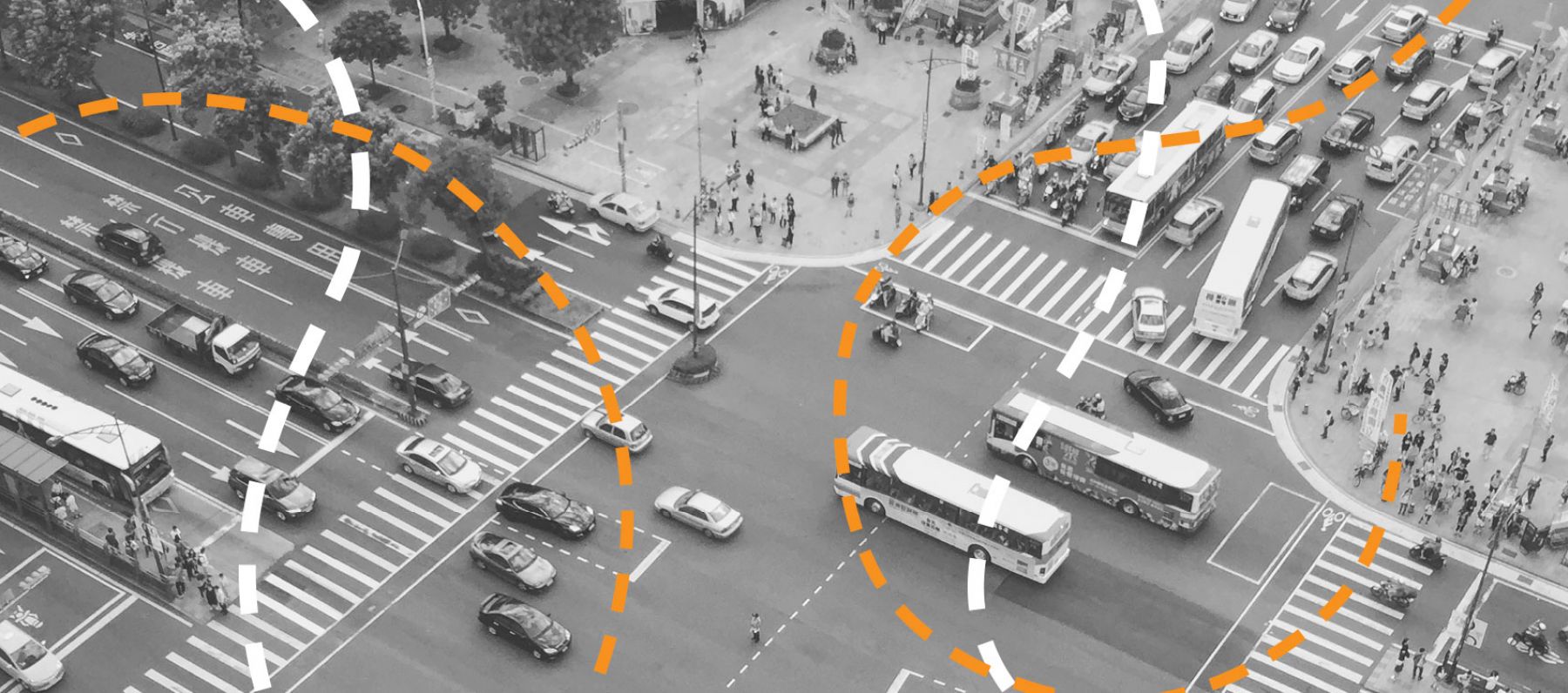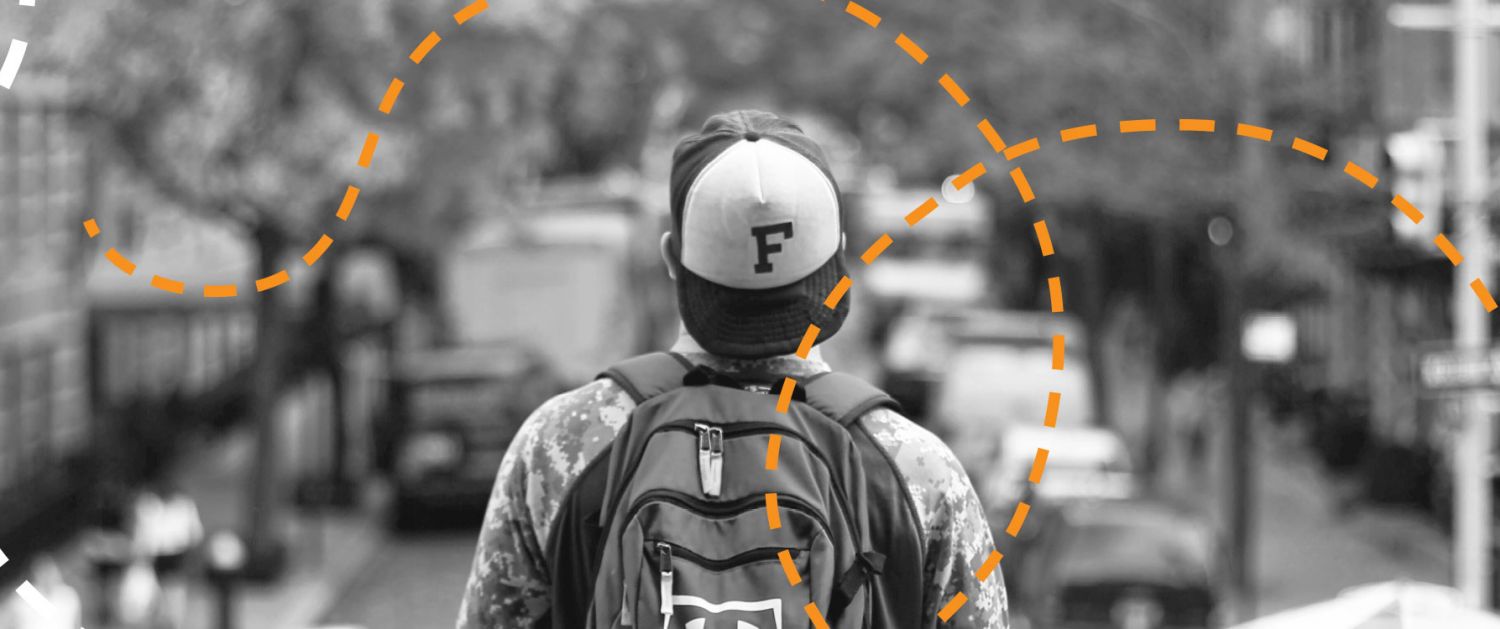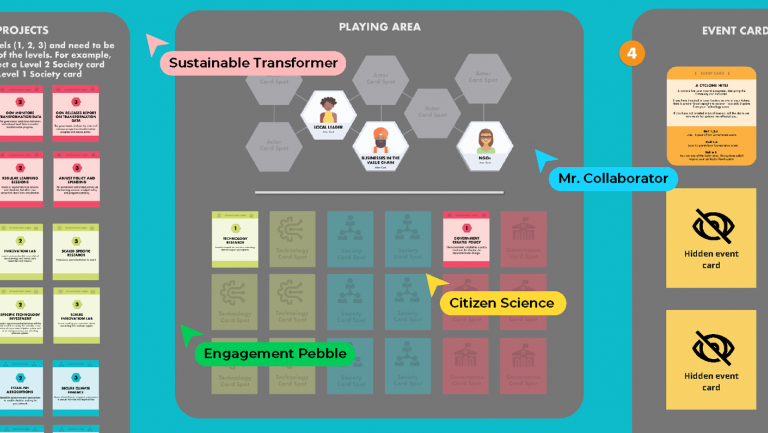Sign up for our monthly newsletter

Designing in complex systems
When we design in complex contexts the risk of failure goes up significantly compared with more straightforward contexts. If we are designing a chair there is a risk of failure but most of the drivers of failure are within the designer’s control. The designer can influence the function and the form of the chair. But when we design in complex systems most of the factors that determine success are outside the control of the designer. An inexperienced designer will blame the system for the failure of their elegant design. But the experienced designer in complex systems will be empowered to recognise that they need to take account of the whole ecosystem. They will appreciate that to be successful they have to broker many perspectives of the system.

Let’s say we are designing an innovation in the health system. First there is the intention for the change coming from political and administrative leaders. Second there is the health consumer perspective. What are their needs? Then the medical profession who are concerned about quality of care, clinical safety and patient outcomes. The government is concerned about achieving high levels of health care while ensuring the overall cost is viable financially. Then there are health insurance funds, medical technology providers, systems developers and more. In my experience, the majority of participants in a system have good aspirations. We should not be negative about those with a different perspective, but rather seek to understand them.
All of these participants in the system must be considered when designing in a complex system because any one of them could choose to support or work against the proposed change. The mastery of complexity is about understanding how complex systems behave.
First they are non deterministic – that is their behaviour cannot be predicted. Feedback between the entities plays an important role in shaping the system. Feedback can either amplify or attenuate what you might be seeking to do. A well known story of the cobra effect illustrates this. In the early days of British rule in India, the administration was concerned about the number of cobra’s in the cities. So a bounty was placed on each cobra brought in. Initially the population of cobras decreased but then it started to rise again even though cobras were being brought in in increasing numbers to claim the bounty. Puzzled, the administration investigated to discover that cobras were now being bred for the bounty. It was easier and more profitable to do this than to collect the wild cobras. So the administration responded by cancelling the bounty, resulting in all the cobras in breeding being released. Therefore the number of cobras ended up being higher than before the program started. We see the cobra effect in many complex systems. The complex system designer must map the system to understand the potential positive and negative feedback loops between entities.
Another famous story is about three blind people looking at an elephant. One feels the tusks and says the elephant is smooth and solid. Another feels the trunk and says it is like a flexible pipe. Yet another feels the side and says it is textured and flat. Complex systems are similar. We cannot see the whole system and see only parts. The complex system designer actively seeks out diverse views to appreciate the complexity of the system. They also know that one of the most important views of the system is that of the consumer or citizen.
Complex systems display the “butterfly effect”. A small change in initial conditions can significantly affect the outcome. This means that a design that worked in one context will not work the same way in another context. The design might be identical but even if the context is slightly different, everything will be different. Therefore a policy that works in one country will not work without redesign in another country.
Complex systems bifurcate which means that a trend can suddenly change direction. Past trend data will not be helpful in predicting what will happen next. These changes could come as disruptions to an industry such as Airbnb to the hotel industry, Uber to the taxi industry or Amazon to the retail industry.
One way to work effectively with a complex system is to appreciate how it works and then nudge it rather than hitting it head on. For example, increasingly it is recognised that giving out grants and other forms of funding is less effective in creating change that shaping the business and social systems that already exist. In business this is known as creating shared value, working with business to effect a sustainable outcome rather than applying grants that work while there is money but then stop working afterwards.
Another way to work with a complex system is to study nature because nature works as a self organising complex system. This field is known as biomimicry. It works for products eg Velcro, but also works to understand whole system drivers.
The complex system designer knows it is futile to predict the future. But they can anticipate alternative futures. They do this by understanding the critical uncertainties of the system and the elements that are pre-determined. Scenarios can be used to navigate towards the future.
Therefore the complex system designer appreciates the whole system. They value all the perspectives and expertise of the system. Then they can zoom into the depth of the system to understand the deep human needs of individuals in the system. They have empathy and understanding. They deeply value collaboration because there is no other way to work with complexity. They are masters of foresight, creating possible future of the system based on what is known. They are also masters of insight, joining together pieces of understanding of the human and the system in a way that leads to action.
Finally they are purpose driven. They have a noble purpose and drive towards that purpose, designing with people in the system to create preferred futures. The complex system designer is empowered. They never blame others or the system for failure and recognise that their job is not done until all factors are considered.
—







